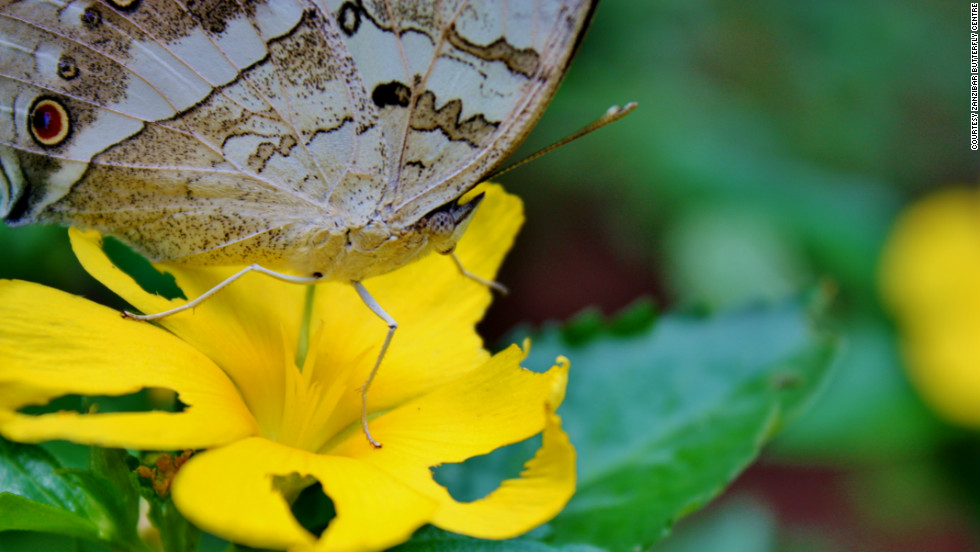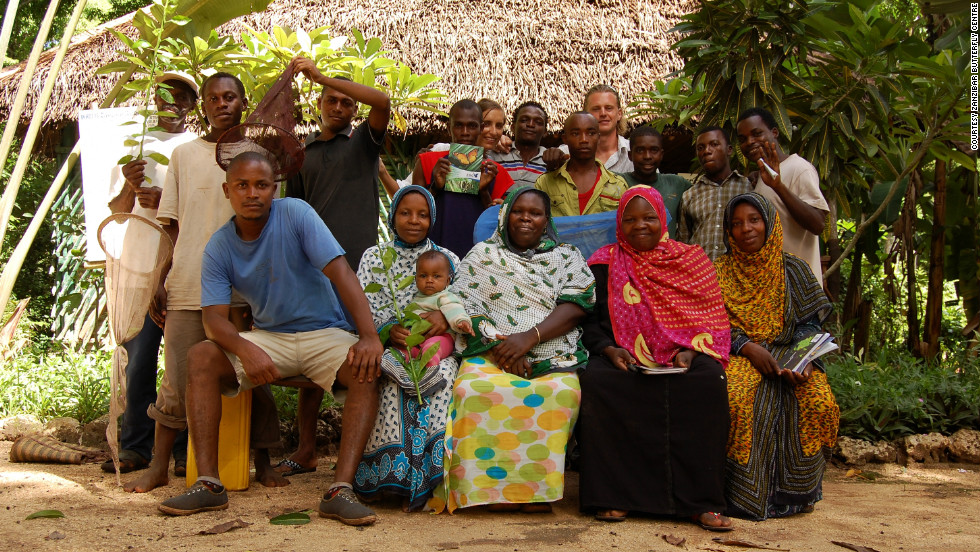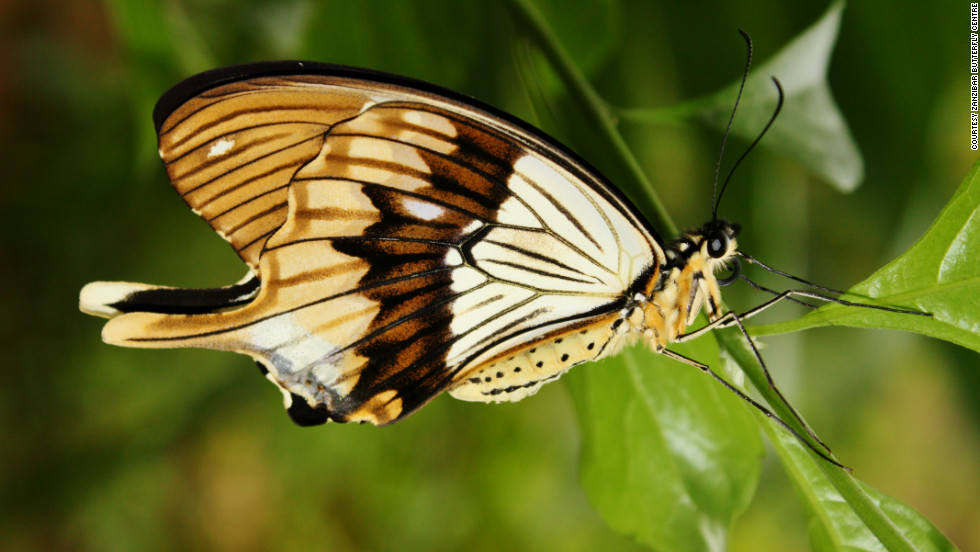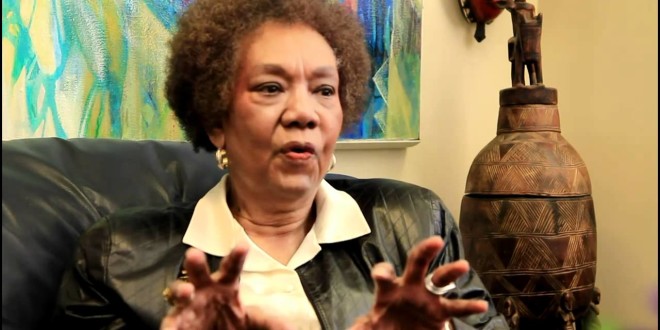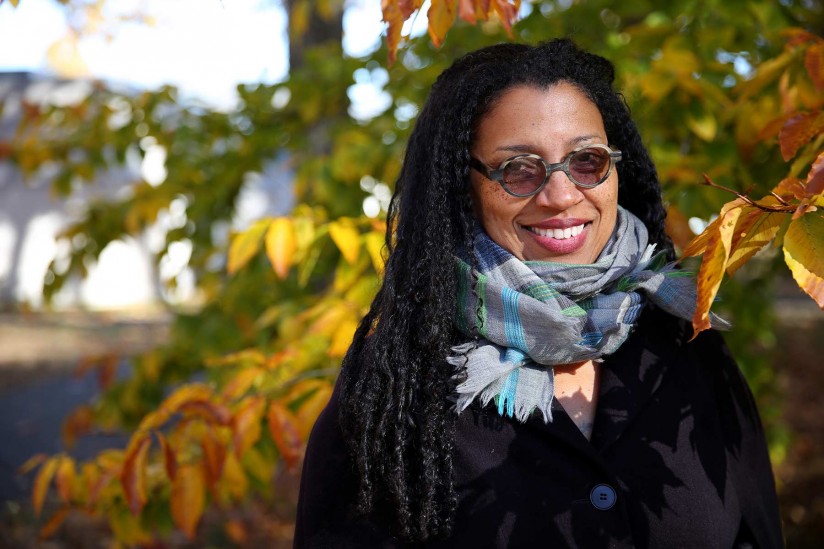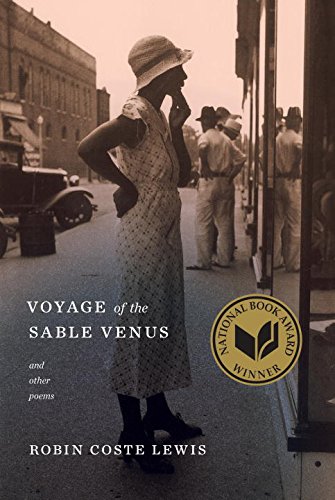Anyone Who Has A Heart
On the ninth day Akim woke up before the sun. Today he was going home and his family would be there to greet him and to thank him. Akim was a hero.
Akim greatly enjoyed basking in the new day sunlight. He sat on a rough, stone bench and remembered when the bus had pulled away to bring him to this cold place that made him shiver—for the first time in his life he had slept under a blanket.
Unconsciously, Akim flashed a warm smile as he recalled the way Kuji had waved to him, her slender arm twisting like palm trees sashaying to and fro in the sea breeze. His sister and their mother had been standing side by side, each with one arm wrapped around the other’s waist. Mother hailing him with her right hand high above her head and Kuji rocking her small left hand back and forth at the height of her shoulder.
Mother had been sporting her best red skirt that was short enough that it would even be short if Kuji had been wearing it, even though, at fifteen, Kuji was half a head shorter than her mother and did not have long legs like her mother. Their mother also had on those black shoes with the pointy toes that she only wore when she went out at night. She did not have on much of a top, it was something black-colored, thin, and tight that stretched over her bulging breasts. But she did have on a red wrap artfully arrayed on her head covering her short hair. Akim was glad mother had not worn her wig, like she usually did in public. The wig made her look so different, made her look like a lot of other women. With that wig on, it was sometimes hard to tell she was their mother.
Kuji had on her plain red-and-white striped dress and rubber sandals, her hair tightly corn-rowed. Regardless of what she wore, Akim would always recognize Kuji’s circular face, round as the bread loaves the women sell in the market.
Early this morning when the nurse had handed him his small bundle and told him to get dressed, Akim put on the same clothes he had worn when he came to this place: a dingy but freshly-washed Nike t-shirt and long shorts that had once been some one’s jeans but had been cut off just below the knees so the leg bottoms could be used for patches.
Akim wondered if that man who brought him here would take him back home. That man, who had given his mother a brown envelope, had had on clean clothes and new shoes. Akim could tell the shoes were new when he saw the bottoms. At first Akim thought he was the bus driver, but when that man had walked up to them to talk to his mother, Akim realized his mistake. This man did not labor. He smelled like some kind of soap Akim had never smelled before. He had a sweet smell, too sweet for any man who worked hard and nothing like the sweat, or smoke, or liquor, that most men smelled like. But then, this man also spoke clean words. He talked with a clipped, flat sound obviously proud of how distinctly he could pronounce each part of every word he uttered. This man even made the short words sound long when he assured his mother, “Is going to be A-OK. You will see. A-OK.”
Akim had followed directions and found a seat next to a window near the rear of the bus. His mother had given him a small bag of peanuts and some smoked fish wrapped in a piece of paper. Once the bus had left the familiar neighborhood and lumbered away from the coast, Akim clutched the cloth pouch that secured his dinner, and anxiously pressed his face against the window while looking at all the sights he had never seen before.
Now it was time to return home and Akim tried to imagine what his family would look like when he got there. Akim could clearly envision Kuji waiting, tall, standing with her feet close together, looking like that pole in front the old barbershop while wearing her dress-up dress with the torn sleeve.
Akim flashed back to when they had decided one of them would do it. They had agreed to toss a beer cap for the honors. She got to choose, he got to flip the cap high into the air. He was so fearful of the outcome, he couldn’t bear to look. When Kuji stomped her bare foot on the hard-packed dirt floor and exclaimed, “haa,” then sucked her teeth before pouting, “you always win,” that’s when Akim opened his eyes and let out a long sigh—his prayers had been answered.
“The next time, it will be your turn to go.”
Kuji had not been listening to him, instead she had plopped down on her little stool, sulking, her face turned to stone as she stared at the paper-covered wall. “No fair. You would not even know if I had not told you.”
Akim had hesitated. Kuji was right. She had been the one to find out about the offer. She had been the one to tell him about her plan to help their mother. But he had been the one bold enough to go into the big building and ask questions. Kuji was brave but she was shy. Akim had almost said he would swap turns with her, but, no, a deal was a deal. He was to go first.
Who else would be there to welcome Akim home? Who else was there? No one really. There was no other real family that he knew of. He had never met his mother’s people. They lived so far away. In the north. They never came to the city.
Do pictures have family? Akim had always wondered, ever since his mother silently showed him the fading photograph that revealed One-Eye with a grim grin that made the man look hard, at least Akim thought the face was hard, maybe it was because you could not see his teeth, or maybe it was the way he was clutching Akim’s mother. One-Eye had a big python grip almost crushing her into his side, and she was not smiling, just looking straight at the camera. What kind of family would a huge arm have? Who would claim a man whose smile showed no teeth?
Akim recalled how once, when his mother was away, he had snuck into the basket to examine the little photo in detail—the stiff paper hadn’t even covered his tiny ten-year-old palm. When he put his finger atop the man’s face, the face disappeared.
The picture was not too clear, so you could not really make out One-Eye’s features. He had big ears—Akim had touched his own ears, they were not big like the man’s ears. And Kuji’s ears were the same size as his own ears, which was natural since they were twins and were alike in almost every way, except she stuck out at the top—her breast poked out like little ant hills, and he stuck out at the bottom, sometimes, almost big as the small orange bananas that he liked to eat.
Kuji had caught Akim just as he had lifted his finger off their father’s face. Akim had tried to wrap the picture up quickly, so she wouldn’t know what he was doing, but she saw. When he shoved the basket back into the corner, she darted over and grabbed the cloth and carefully re-wrapped the photograph. “You have to do it just like mother or else she will know you were trying to find out her secrets.”
Another time, when they were older, Kuji had asked, “do you think our father knows he is our father? I mean, do you think he knows we were born?” They were squatting together and Kuji was holding the picture with her thumb atop the man’s chest when she spoke so softly, almost like she was talking to herself, but since their heads were close together and it was so quiet that he could hear her breathing—they even breathed the same—he heard every word, every short pause between words, everything. “Do you think One-Eye has a picture of us and looks at it the way we look at him?”
“No, don’t you remember that day mother was crying. Remember she said, ‘Nobody cares about us. Nobody even knows we are alive’?”
“That was the day she was sick,” Kuji had made an excuse for their mother. And the saying stuck. Whenever their mother came home and they could see someone had beaten her, they would say she was “sick.” Akim wondered had their father ever made their mother sick. He looked like he might have.
In the picture, the man had his hat pulled so low and at such an angle that you could only see one of his eyes. That’s why Kuji called their father, One-Eye.
All their mother had ever told them was, “He is gone. His name was David.” Akim had wanted to ask where father-David had gone? But the sad way his mother said “was David,” Akim knew “was David” was not coming back. And when he had looked up from the photograph he was startled, frightened really, to see tears glistening on his mother’s cheek. Later he would learn, that’s always the way she cried: silently. The tears made no sound as they rolled over the cliff of their mother’s high cheek-bones, streaking her gaunt face like chalk marks scrawled on a blackboard by children who did not know how to write.
When Kuji told their mother how much money they could get, at first, their mother did not believe Kuji. “No more getting sick, mother. And we can get a house with everything inside—the water, the latrine…”
“They call it bathroom.”
Akim spoke up for the first time, “Why do they call it bathroom if the latrine is there?”
“Because, the room has a shower and a toilet…”
“What is to-let?” Akim innocently asked his mother.
“Akim, you are in school now. You must say it proper. ‘toy-let’.”
“Tar-let,” dutifully repeated Akim. “What is tar-let?”
“It’s a latrine that’s shaped like a stool.”
“Well, yes. We can get a room with one of those in it,” Kuji insisted.
“Kuji, I will have to find out more about this. I do not believe it is easy so to get plenty much money.”
“And they even pay you in dollars. Five hundred dollars,” Akim announced.
Ama had heard about this before. She had even gone to that man who knew about these things. He told her there was another man she had to go see. And she had gone. He stuck her arm and took some of her blood and told her he would let her know in a handful of days. When she had gone back to him, he said they did not want her. Her blood was wrong family or something like that. Other people she knew had tried, but the man did not want most of them either because either they were sick or they had the wrong family blood.
Ama was certain that if her blood was the wrong family, then most likely they would not want her children because they surely had the same family she had. When she went back to find out the twins’ test results, Ama saw the man smile for the first time. He said the twins had the right family blood and both of them were healthy. So, yes, they would buy a kidney—whatever that was. He had said everybody had two but you only needed one to live.
When the bus dropped off Akim back at the marketplace where all the busses came, only Kuji was waiting for him.
“Why is mother not here? Is she sick?”
“Yes.” Kuji’s eyes were puffy like she was getting over some man making her sick.
Akim looked away before he asked the question, “Kuji, have you been sick?”
“No. But we must do something. Mother is very sick.”
“Well, we have money now. So we can…”
Kuji cut off Akim before he could continue, “Someone took our money.”
“What???”
“I came home from school one day while you were gone and mother was on the ground and she was very sick. Everything was broken and tossed about.”
They walked in silence for a while. Finally, Kuji resumed recounting what happened. “Akim, mother is hurt very, very bad and the money is gone. Mother had paid for my school and for your school too, but they took the rest.” Kuji took a deep breath, “Now, it is my turn to go and get us money.”
Akim’s side was beginning to hurt a little. “Kuji, please, I can not walk so fast right now.”
“Akim, I forgot, you are sick too.” Kuji slowed down and touched Akim lightly on the shoulder, “You must tell me what I need to do to prepare to make the money. Does it hurt when they cut you open?”
“I don’t know how it feels. I was not awake when they did it. They made me sleep through everything. Afterwards it feels like a goat hit you hard in the side. That’s why I can not walk so fast.”
They were not even half way home yet, but Akim had to stop to rest. He could tell Kuji was thinking something. “Kuji, what are you thinking? I will be alright. I’m just a little tired. Don’t worry about me. And I’m sure that mother…”
“I tried on mother’s red dress.” Akim looked at his sister and was afraid to ask her what she was thinking, but Kuji knew Akim wanted to know, and Kuji began talking before Akim could say anything. “I am too skinny. And too…” Kuji paused and then suddenly changed the subject. “Can I see where they cut you?”
“It is covered. When I change the bandage tonight, I will show you. Come on, I can walk now.”
It took them a long time to get home.
* * *
When Akim and Kuji got home their mother was dead.
* * *
“We nah need more kidney. Them need heart. You sell heart?”
Akim was surprised when Kuji spoke up, “How much heart be?”
The man thought about how much money he could skim off these kids and decided half, “Heart be plenty-oh. Two thousand dollars. American. You sell heart. Let me know.”
Akim swiftly grabbed Kuji’s hand and tenderly tugged her away from this man he did not trust. Outside as they walked slowly Akim struggled to figure out what he would do to save Kuji from wearing wigs too big for her head and dresses too short for her legs. Plus, school would be out soon and then they would not have any more food. Their plan for Kuji to sell her kidney did not work and now, there was… well, there really was nothing else since Akim knew he did not have two hearts.















